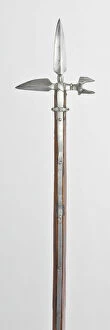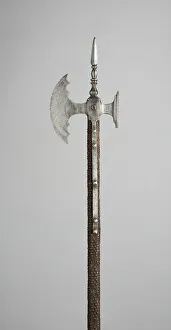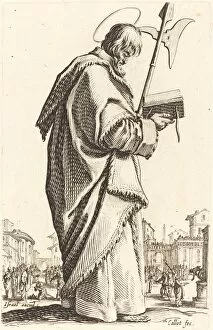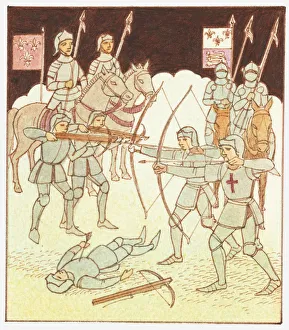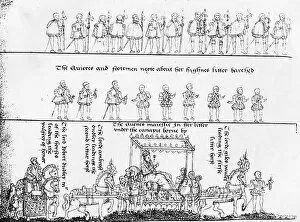Pollaxe Collection
The pollaxe, also known as the poleax, is a weapon that originated in Western Europe during the late 15th to early 16th centuries
All Professionally Made to Order for Quick Shipping
The pollaxe, also known as the poleax, is a weapon that originated in Western Europe during the late 15th to early 16th centuries. Its exact creator remains unknown, but it was widely used during this time period. One notable example of the the Mordaxt from Switzerland, created around 1600-30. This particular weapon showcases the craftsmanship and skill of its unknown creator. Another Swiss creation is a poleaxe dating back to 1500. Like many other examples, its creator remains anonymous, yet their work has left a lasting impact on history. Italy also had its own version of the pollaxe during this era. Created between c. 1470 and c. 1520 by an unknown artisan, it represents Italy's contribution to weaponry design. Venice too had its unique take on the poleaxe with one created in 1500/10 by an unidentified craftsman. The intricacies of this piece demonstrate both functionality and aesthetic appeal. Jacques Callot's works provide insight into how these weapons were utilized in battle formations during his time period. His pieces such as "Drill with Tilted Pikes" and "Drill with Raised Pikes, " both from 1634/35, showcase different techniques employed by soldiers using these weapons. Callot's depiction of Saint Matthias published in 1631 further illustrates how important these weapons were in historical contexts beyond warfare alone. Switzerland once again makes an appearance with another poleaxe from around 1500 crafted by an anonymous artist - a testament to their expertise in weapon production at that time. The pollaxe or poleax was a prominent weapon across Western Europe between c. 1470 and c. 1520; however, specific creators remain largely unknown today despite their significant contributions to military history.




